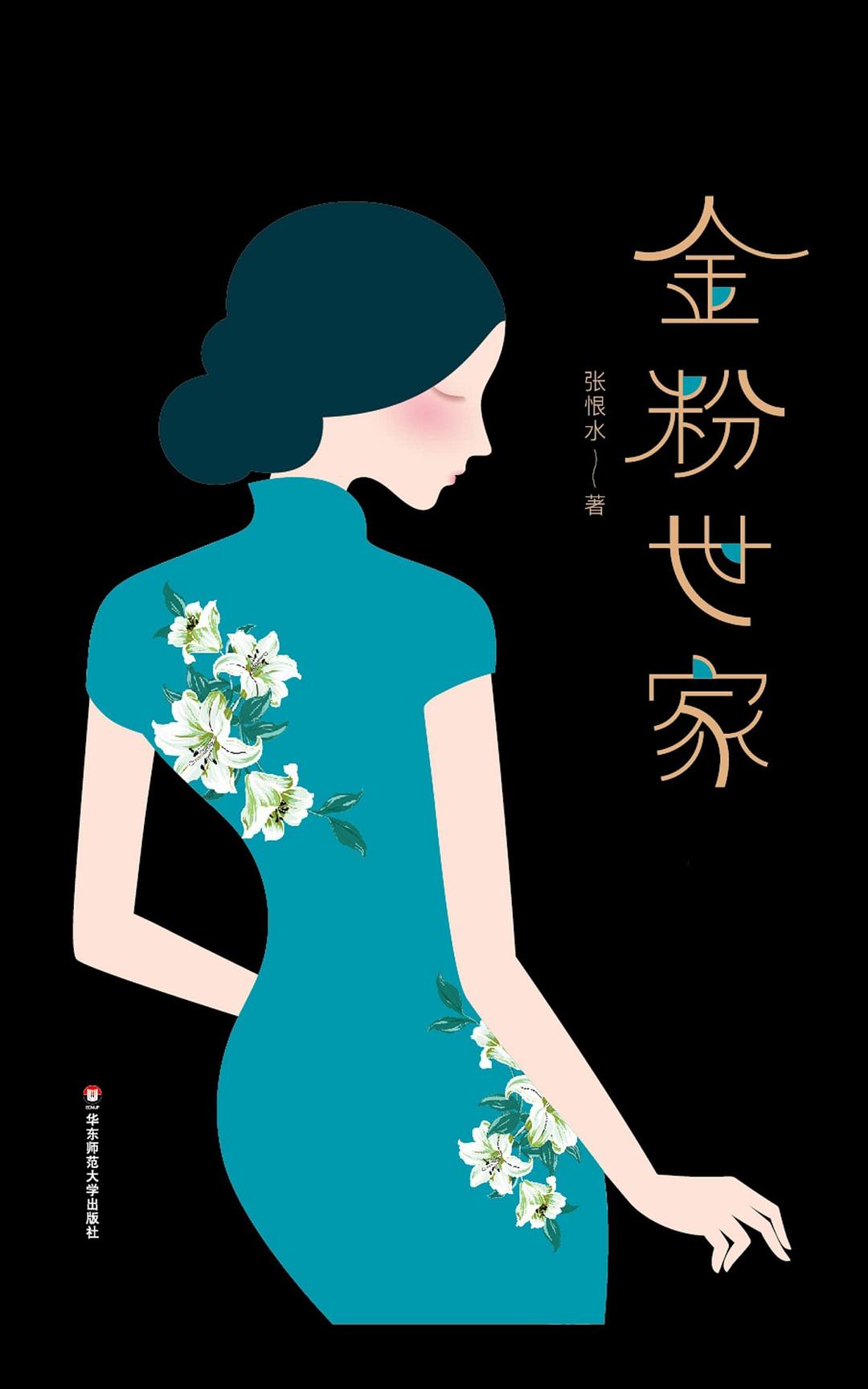Where Research Begins
内容简介
Plenty of books tell you how to do research. This book helps you figure out WHAT to research in the first place, and why it matters.
The hardest part of research isn’t answering a question. It’s knowing what to do before you know what your question is. Where Research Begins tackles the two challenges every researcher faces with every new project: How do I find a compelling problem to investigate—one that truly matters to me, deeply and personally? How do I then design my research project so that the results will matter to anyone else?
This book will help you start your new research project the right way for you with a series of simple yet ingenious exercises. Written in a conversational style and packed with real-world examples, this easy-to-follow workbook offers an engaging guide to finding research inspiration within yourself, and in the broader world of ideas.
Read this book if you (or your students):
• have difficulty choosing a research topic
• know your topic, but are unsure how to turn it into a research project
• feel intimidated by or unqualified to do research
• worry that you’re asking the wrong questions about your research topic
• have plenty of good ideas, but aren’t sure which one to commit to
• feel like your research topic was imposed by someone else
• want to learn new ways to think about how to do research.
Under the expert guidance of award-winning researchers Thomas S. Mullaney and Christopher Rea, you will find yourself on the path to a compelling and meaningful research project, one that matters to you—and the world.
......(更多)
作者简介
Thomas S. Mullaney is professor of history at Stanford University and a Guggenheim fellow. His books include The Chinese Typewriter: A History and Your Computer is on Fire.
Christopher Rea is professor of Asian studies at the University of British Columbia. His books include Chinese Film Classics, 1922–1949 and The Age of Irreverence: A New History of Laughter in China.
......(更多)
目录
Introduction
Self-Centered Research: A Manifesto
Centered Research Is the Best Research
How to Use This Book
Introversion, First. Extroversion, Second.
TRY THIS NOW: Write Here, Right Now
Part 1: Become a Self-Centered Researcher
Chapter 1: Questions
A Topic Is Not a Question
TRY THIS NOW: Search Yourself
TRY THIS NOW: Let Boredom Be Your Guide
TRY THIS NOW: Go Small or Go Home
SOUNDING BOARD: Start Building Your Research Network
You Have Questions
Chapter 2: What’s Your Problem?
Don’t Jump to a Question (or You’ll Miss Your Problem)
Stress-Testing Your Questions
TRY THIS NOW: Run a Diagnostic Test on Your Questions
TRY THIS NOW: Use Primary Sources to Educate Your Questions
TRY THIS NOW: Make Your Assumptions Visible
TRY THIS NOW: Identify the Problem That Connects Your Questions
SOUNDING BOARD: Get Leads on Primary Sources
You Have a Problem (in a Good Way)
Chapter 3: Designing a Project That Works
Primary Sources and How to Use Them (or, Fifty Ways to Read a Cereal Box)
TRY THIS NOW: Treat Your Primary Source Like a Cereal Box
TRY THIS NOW: Envision Your Primary Sources
Connecting the Dots: Getting from Sources to Arguments
Sources Cannot Defend Themselves
TRY THIS NOW: Connect the Dots Using Your Sources (in Pencil)
Taking Stock of Your Research Resources
TRY THIS NOW: Decision Matrix
SOUNDING BOARD: Is Your Decision Matrix Complete?
Two Types of Plan B
Setting Up Shop
TRY THIS NOW: Get Money for Nothing (Prepare a Formal Research Proposal)
SOUNDING BOARD: Share Your Proposal with a Trusted Mentor (Who Understands How Preliminary This Is)
You Have the Beginnings of a Project
Part 2: Get Over Yourself
Chapter 4: How to Find Your Problem Collective
Identify Researchers Who Share Your Problem
TRY THIS NOW: Change One Variable
TRY THIS NOW: Before and After
TRY THIS NOW: Map Out Your Collective (Secondary Source Search)
Rewriting for Your Collective
TRY THIS NOW: Find and Replace All “Insider Language”
SOUNDING BOARD: Does the Lay Version of My Proposal Make Sense?
Welcome to Your Collective
Chapter 5: How to Navigate Your Field
Find the Problems within Your Field
Read Your Field for Their Problems: Reimagining the “Literature Review”
TRY THIS NOW: Start Your Own “What’s Your Problem?” Bookstore (aka Organize Your Field into Problem Collectives)
TRY THIS NOW: Change Their Variables
TRY THIS NOW: Rewrite for Your Field
SOUNDING BOARD: Find a Sounding Board in Your Field
Welcome to Your Field
Chapter 6: How to Begin
Don’t Worry. It’s All Writing.
TRY THIS NOW: Create “Draft 0”
See What You Mean: Writing Draft 1
TRY THIS NOW: Move from 0 to 1
Perfection Is Boring
SOUNDING BOARD: Talk to Yourself
Welcome to Self-Centered Research
What’s Next in Your Research Journey?
TRY THIS NOW: Find a New Problem and Start a New Project
TRY THIS NOW: Help Someone Else
Acknowledgments
Further Reading
Index
......(更多)
读书文摘
你的难题是存在于你内心的一个困惑,它打扰你,让你迷惘和不安,但同时也吸引着你、迫使你不断会想起它。它在你脑海中引发问题,无论这些问题看起来多么千差万别,与外界多么不相关,你也知道它们以某种方式相互联系着,哪怕你说不清原因。你的难题会一直跟着你。
......(更多)






